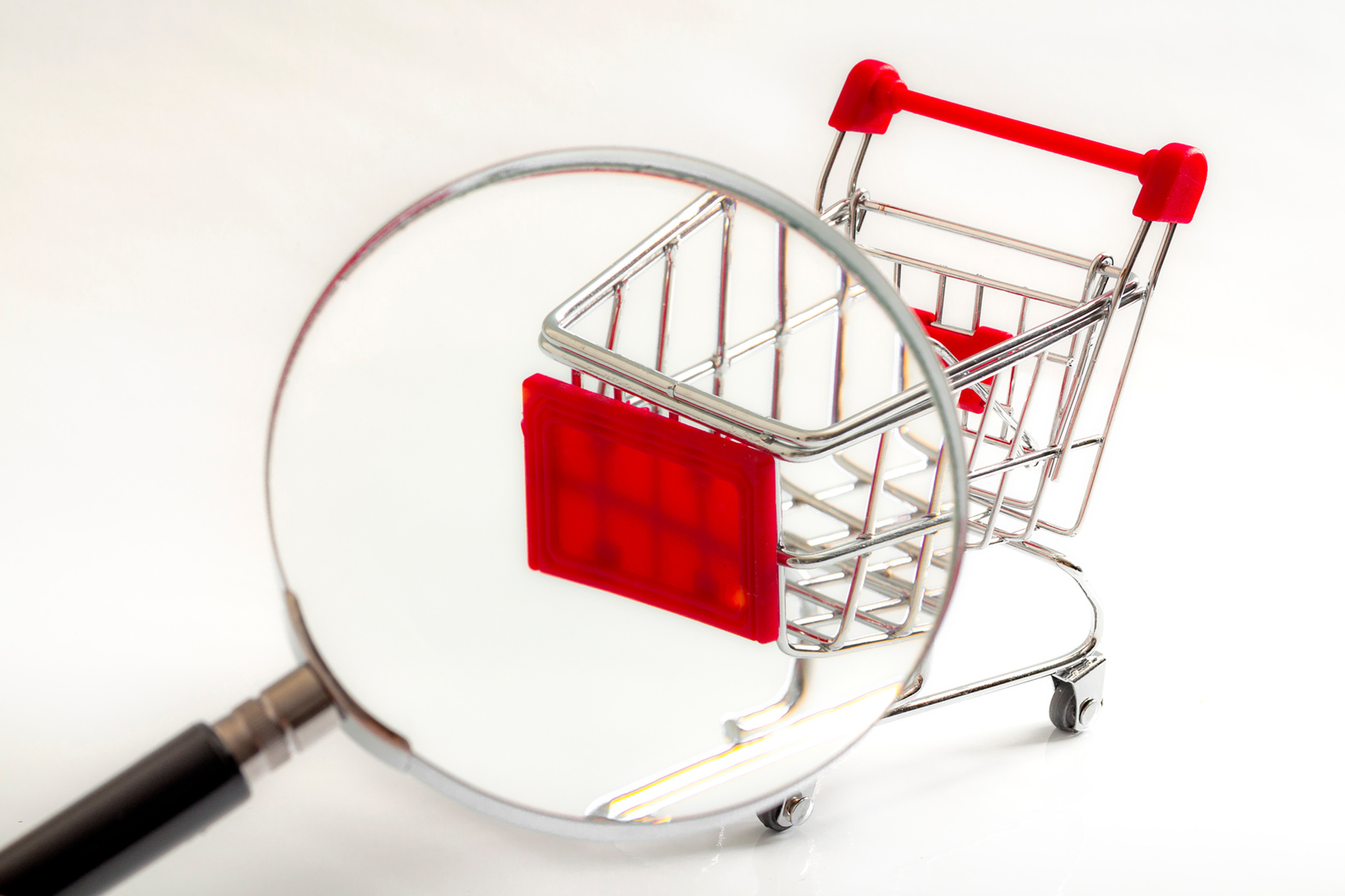- Retailer’s Secret Weapon for winning the shopper, Category Management
- Understanding the differences in Shopper and Consumers Insights
- Dissecting the Shopper Journey, How to Win their Hearts and Minds
- Shopper Insights 101: Accelerate Your Brand’s Success at Retail with Trip Missions
- Shopper Measures 101: Share of Wallet – Where are Your Shoppers Spending Their Money?
- Shopper Marketing and Category Management – Why your Need Both?
- How to Empower Category Management in Today’s Grocery Industry
- Unveiling Category Management Excellence with Assortment and Shelf Optimizations
In the ever-evolving landscape of the CPG industry, where competition is fierce and consumer demands shift like sand dunes, having a robust category management strategy is no longer a suggestion, it’s a necessity. It’s the difference between being a stagnant player and a dynamic force, between chasing trends and leading them.
Below are my thoughts on the Importance, the So What, the Key Ingredients, Tools and end with a Fun Quiz to see if you’re a Category Management Guru!
Why is Category Management so Important?
- Optimizes Spend: By analyzing your purchases across a category, you identify areas for consolidation and cost reduction, freeing up resources for innovation and growth.
- Boosts Revenue: Understanding consumer needs and market trends within a category allows you to develop targeted products and marketing campaigns, leading to increased sales and market share.
- Enhances Supplier Relationships: Collaborative category management fosters stronger partnerships with suppliers, resulting in better pricing, joint innovation, and improved supply chain efficiency.
- Improves Agility: With a clear understanding of your category’s dynamics, you can adapt quickly to market changes, competitor actions, and new consumer preferences.
So why is Category Management so important in Today’s World
- The Rise of the Empowered Consumer: Consumers are savvier, demand more, and have countless options. Category management helps you stay ahead of their needs and build brand loyalty in a crowded marketplace.
- Data Explosion and Analytics Power: We have access to more data than ever, and category management helps you harness its power to uncover hidden insights and make data-driven decisions.
- Omnichannel Retail Landscape: Consumers shop across various channels, blurring the lines between physical and digital. Category management ensures a consistent and compelling brand experience across all touchpoints.
Below are the Ingredients or a Winning Category Strategy
- Start with Clear Objectives: Define your goals for the category – growth, profitability, market leadership, etc. This sets the direction for your strategy.
- Deep Dive into Consumer Insights: Understand your target audience’s needs, preferences, and pain points within the category. This fuels product development and marketing efforts.
- Analyze the Competitive Landscape: Benchmark your offerings against competitors, identify their strengths and weaknesses, and find opportunities for differentiation.
- Map Your Spending and Supplier Landscape: Consolidate your purchases, negotiate better terms with suppliers, and explore alternative sourcing options.
- Embrace Flexibility and Collaboration: Be prepared to adapt your strategy as market dynamics shift. Foster cross-functional collaboration between marketing, sales, and procurement for a holistic approach.
I recommend the following Secret Weapons, Tools and Frameworks for building effective Category Strategies
Secret Weapons

- Shopper journey mapping: Become a ninja of consumer behavior by mapping every touchpoint, from social media discovery to post-purchase reviews. Identify hidden desires and pain points to craft targeted strategies.
- AI-powered demand forecasting: Ditch the crystal ball and embrace the future. AI can analyze historical data, weather patterns, and even social media buzz to predict demand with uncanny accuracy. No more stockouts or overstocks, just category mastery.
- Collaborative supplier innovation labs: Forget one-sided negotiations. Invite your top suppliers to co-create new products, packaging, or even entire marketing campaigns. This fosters trust, transparency, and a shared path to category domination.
Tools

- Categories spend analysis dashboards: Visualize your category spending like a pro. Track every dollar, identify cost-saving opportunities, and optimize your budget for maximum impact. Bonus points for interactive features that let you drill down into specific suppliers or product lines.
- Competitor price monitoring platforms: Stay ahead of the price game with real-time insights into your competitor’s pricing strategies. React quickly to promotions, identify pricing gaps, and ensure you’re always offering the best value.
- Shopper sentiment analysis tools: Listen to what consumers are saying online, across social media, and in reviews. Gauge brand perception, identify emerging trends, and adapt your category strategy based on real-time feedback.
Frameworks
- Category Captain framework: Assign a cross-functional “Category Captain” who champions the category’s success. These individual rallies different teams, breaks down silos, and ensures everyone is rowing in the same category direction.
- Category growth matrix: Plot your category’s performance on a matrix of market share and penetration. This helps identify high-growth opportunities, turnaround targets, and categories needing strategic adjustments.
- Zero-based budgeting (ZBB) for categories: Challenge every expense in your category, forcing you to justify every dollar. This sparks creativity, identifies hidden inefficiencies, and leads to a leaner, meaner category machine.
Category Management IQ Quiz: Are you a CPG Mastermind?

Think you’ve got the category management chops to conquer the CPG jungle? Take this quiz and see if you’re a category kingpin or a data dungeon dweller!
1. Your competitor just launched a kombucha with actual chia seeds in it. Your sales are plummeting. What’s your first move?
- Panic and slash prices! Everyone loves a bargain, right?
- Gather your team and dissect the kombucha craze. What are consumers craving?
- Call up your biggest supplier and beg for an exclusive chia discount.
- Blame the marketing team for not featuring your kombucha’s “superior gut health benefits.”
2. You’re drowning in supplier invoices. How do you tame the paper beast?
- Hire more interns to manually sort the paperwork.
- Implement a digital category management platform to streamline the process.
- Negotiate a single, consolidated invoice from your top supplier.
- Declare war on paper waste and go paperless, baby!
3. You’re launching a new line of plant-based yogurts. How do you ensure it stands out on jam-packed shelves?
- Slap on the trendiest buzzwords: “gluten-free,” “prebiotic,” “unicorn tears.”
- Conduct in-depth consumer research to understand their yogurt desires and pain points.
- Copy the leader’s packaging down to the last sprinkle. They know what works!
- Partner with a trendy influencer to promote your yogurt on their social media channels.
4. Data overload is giving you a headache. How do you extract the juicy insights?
- Hire a data scientist to decipher the hieroglyphics.
- Invest in data visualization tools to turn numbers into eye-catching stories.
- Ignore the data and stick to good old-fashioned gut feeling.
- Print out all the spreadsheets and build a data fort. Problem solved?
5. Your sales team is at war with procurement over supplier contracts. How do you mediate this category feud?
- Side with the loudest team and crush the other like a grape underfoot.
- Facilitate a cross-functional powwow to find a win-win solution for both sides.
- Blame it on the marketing department for not creating a cohesive brand message.
- Offer everyone free pizza and hope for a miracle.
Grading Your Category Management Guru Status:
- Mostly 1s: You might need a category management crash course. 😬
- Mostly 2s: You’re on the right track, category champion! Keep learning and innovating. 😎
- Mostly 3s: You’re a category maverick, but maybe a little too reliant on old tricks. 🤔
- Mostly 4s: You’re a category enigma. You might be a genius, or you might just love pizza. 🤔🍕
Remember, category management is not a one-time project, it’s a continuous journey of refinement. By consistently monitoring, analyzing, and adapting, you can ensure your CPG company stays ahead of the curve and thrives in the ever-changing market. Follow us on LinkedIn for more post or this website for more information.



Leave a Reply